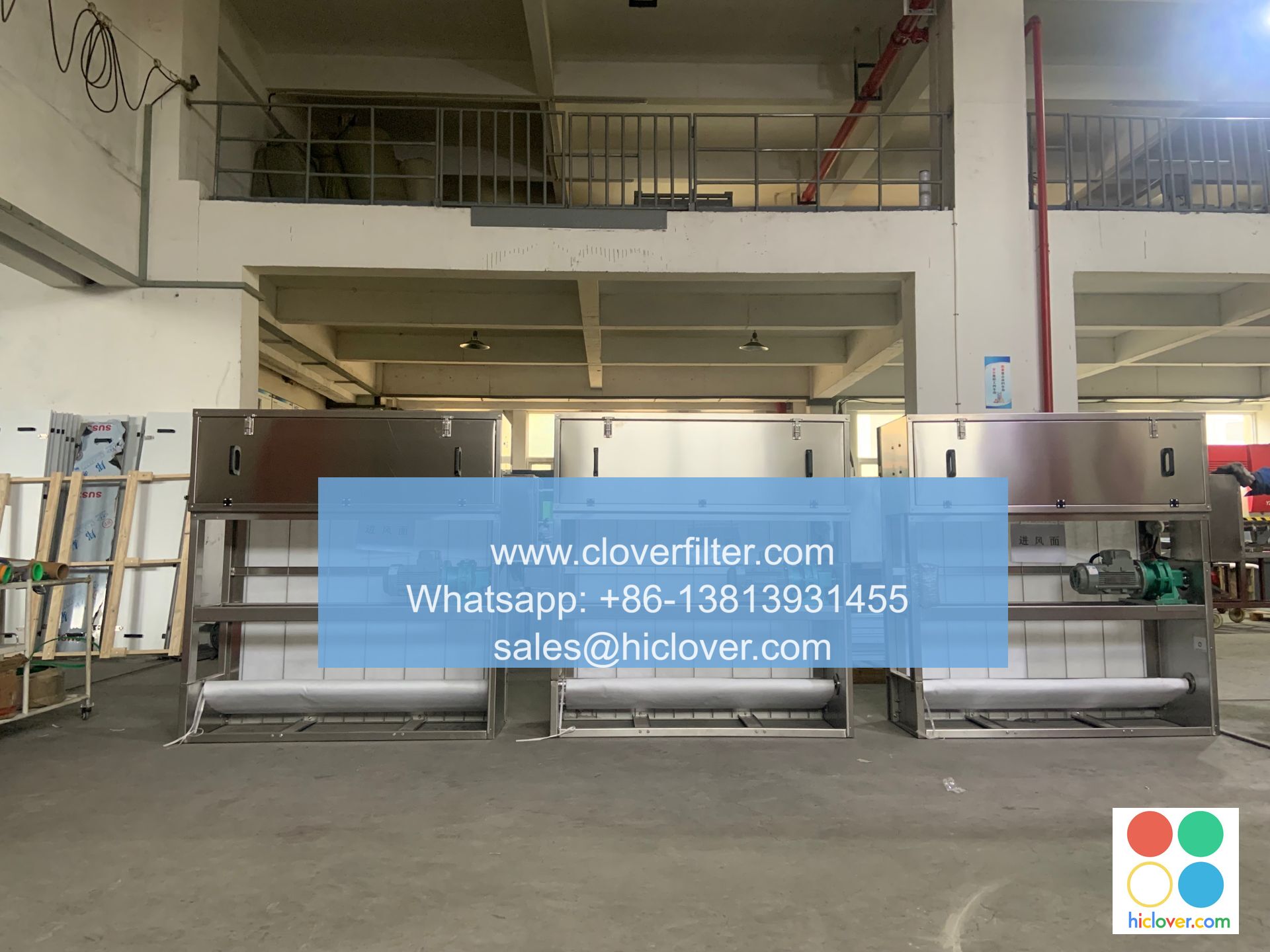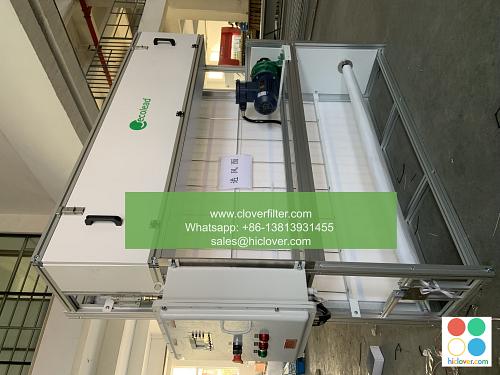Automatic Roll Air Filters: A Game-Changer for Biocontainment Lab Safety

The importance of maintaining a safe and healthy environment in biocontainment laboratories cannot be overstated. These labs handle highly infectious and potentially deadly pathogens, making it crucial to prevent cross-contamination and exposure to lab personnel. One critical component in achieving this goal is the air filtration system. Traditional air filters can be cumbersome to replace and may not provide adequate protection against airborne contaminants. This is where Automatic Roll Air Filters (ARAFs) come into play, revolutionizing the way biocontainment labs approach air filtration and safety.
What are Automatic Roll Air Filters?
Automatic Roll Air Filters are advanced air filtration systems designed to provide continuous, uninterrupted filtration of airborne contaminants. These systems utilize a rolling filter media that advances automatically, ensuring that the air is always filtered through a clean and fresh section of the media. This design eliminates the need for manual replacement of filters, reducing the risk of exposure to contaminated filters and minimizing downtime.
Key Benefits of Automatic Roll Air Filters in Biocontainment Labs
The implementation of ARAFs in biocontainment labs offers several key benefits, including:
- Enhanced Safety: By providing continuous filtration, ARAFs minimize the risk of airborne contamination, creating a safer working environment for lab personnel.
- Increased Efficiency: Automatic filter replacement reduces the need for manual intervention, allowing lab personnel to focus on their core work and minimizing downtime.
- Improved Compliance: ARAFs help labs meet stringent regulatory requirements for air filtration and containment, ensuring compliance with biosafety guidelines and standards.
- Cost-Effective: While the initial investment in ARAFs may be higher, the long-term cost savings from reduced filter replacement and extended system lifespan make them a cost-effective solution.
- Pharmaceutical Manufacturing: ARAFs ensure the quality and safety of pharmaceutical products by preventing airborne contamination during the manufacturing process.
- Cleanrooms: In cleanroom environments, ARAFs maintain the highest levels of air cleanliness, crucial for the production of sensitive electronics, medical devices, and other precision products.
- Healthcare Facilities: ARAFs can be used in hospitals and healthcare facilities to prevent the spread of airborne pathogens, enhancing patient safety and reducing the risk of hospital-acquired infections.
- Research Institutes: Beyond biocontainment labs, research institutes can benefit from ARAFs in various applications, from animal research facilities to chemical laboratories, where air quality and safety are paramount.
- Integration with Smart Technologies: Future ARAFs may be integrated with smart sensors and AI, enabling real-time monitoring of air quality and predictive maintenance.
- Enhanced Filter Media: Research into new filter media could lead to even higher efficiencies in capturing airborne contaminants, further enhancing safety and reducing environmental impact.
- Broadened Applications: The use of ARAFs could expand into new areas, such as public spaces and transportation systems, contributing to a reduction in airborne disease transmission and improvement in overall air quality.
Applications of Automatic Roll Air Filters
The applications of ARAFs extend beyond biocontainment labs to various industries and settings where air filtration is critical, including:
Future of Automatic Roll Air Filters
As technology continues to evolve, we can expect to see further advancements in ARAF technology, including:
Conclusion
Automatic Roll Air Filters represent a significant leap forward in air filtration technology, particularly in the context of biocontainment lab safety. Their ability to provide continuous, uninterrupted filtration, combined with their efficiency, compliance benefits, and cost-effectiveness, makes them an indispensable tool in maintaining a safe and healthy environment in labs and beyond. As we look to the future, the potential applications and advancements of ARAF technology hold promise for improving air quality and safety across various industries and settings.

